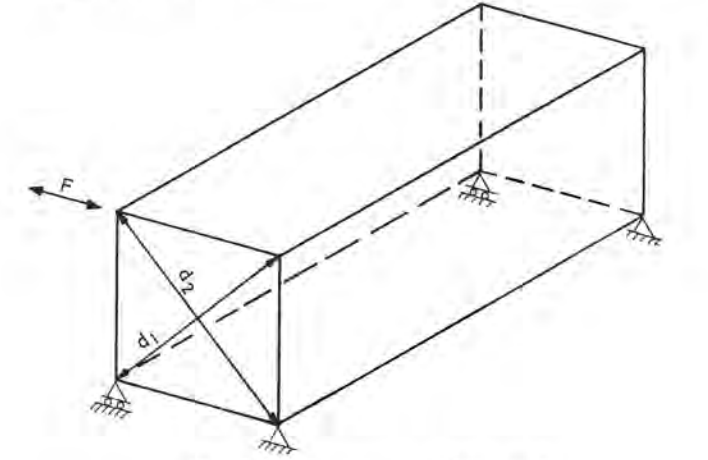A container racking test is one of the tests conducted during the container inspection to test the container for its maximum load stacking capacity before it starts warping. The strength of the container lies on the outer frames, side rails and corner posts and this supports the weight of the containers stacked above. The tests usually happen after a container is newly manufactured or is re-modified after damage. The results of the container racking test, which is the load capacity is then engraved on the CSC plate that is attached to the container. There are two types of racking test, Transverse racking test and Longitudinal racking test.
Transverse Racking Test:
| Internal: The container needs to be empty. |
Supports are placed on the four bottom corners of the container. They are fixed in place so that they won’t move diagonally or vertically. |
| External: Force applied to the corners of the top of the container. The force applied is equal to the force, the container was designed to withstand |
The external force is applied either simultaneously or separately on the top corners, parallelly and diagonally. The force is applied towards and away from the top fittings. The force is applied for 5 minutes, and then slowly removed. |

Longitudinal Racking Test:
| Internal: The container needs to be empty or an equally distributed weight is loaded into the container. |
Supports are placed on the four bottom corners of the container. They are fixed in place so that they won’t move diagonally or vertically. |
| External: A Comprehensive and tensile force is applied to the base of the container. |
Every side of the container is tested with force being applied towards and away from the container. Similar to the Transverse test, the force is applied for 5 minutes and slowly removed. |




